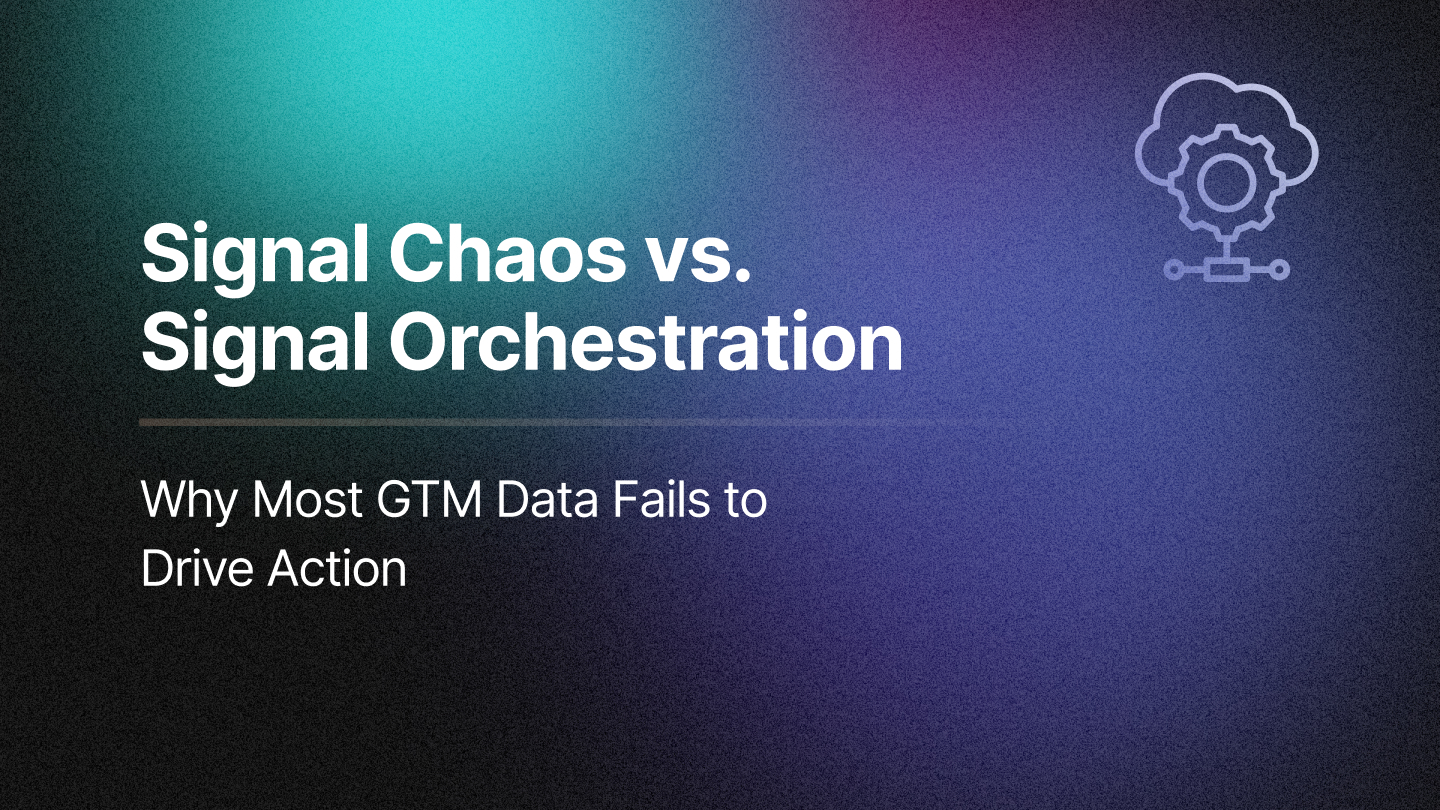For years, Marketing Qualified Leads (MQLs) have been treated as the foundation of demand generation and pipeline forecasting. They represent intent, they bridge campaigns to revenue, and they often serve as the KPI marketing leaders take into executive reviews. But here’s the hard truth: most MQL forecasts are wrong.
According to The State of B2B Attribution 2025, more than 92% of B2B marketers admit they lack precision when projecting pipeline contribution from MQLs. The majority rely on rough averages (68.8%) or static benchmarks (23.4%). Only 7.8% have adopted AI-driven predictive analytics.
That credibility gap explains why CMOs struggle with CFOs and CROs. Forecasts may look neat on slides, but when the quarter closes, the numbers don’t line up with revenue reality.
Why MQL Forecasts Fail
Traditional approaches to forecasting MQL contribution break down in three fundamental ways:
- Static Benchmarks: Conversion “averages” are recycled quarter after quarter, ignoring shifts in funnel dynamics, seasonality, and evolving buyer behavior.
- Lack of Segmentation: MQLs from a webinar don’t behave like MQLs from paid social or partner campaigns. Treating them as identical distorts forecasts.
- No Real-Time Adjustments: Forecasts remain static even when campaign performance shifts or deal velocity changes, leaving projections outdated.
This creates forecasts that look precise in a spreadsheet but collapse under real-world conditions. The result is lost credibility, misallocated budgets, and weakened alignment between marketing, sales, and finance.
From Guesswork to Predictive Precision
The answer isn’t generating more MQLs; it’s forecasting them more intelligently. That’s where AI-driven forecasting changes the game.
Instead of assuming that a certain percentage of MQLs will convert, predictive attribution applies probability modeling across the funnel. It uses historical data to analyze how different campaigns and personas have converted in the past. It factors in funnel velocity, adjusting for how long deals typically take to progress from MQL → SAL → SQL → Opportunity. And it assigns conversion likelihood scores that update dynamically as engagement patterns shift.
Most importantly, predictive attribution ties forecasts to sales capacity. That means marketing isn’t just predicting opportunities in theory; it’s projecting pipeline that sales can realistically close. Forecasting moves from guessing to guidance.
Benchmark: The Precision Gap
The precision gap is striking. Two-thirds of marketers still use averages as the basis for MQL forecasts. Nearly a quarter rely on static benchmarks, regardless of changing conditions. Only 7.8% have adopted AI-driven predictive analytics.
This isn’t just inefficient; it’s risky. Over-forecast, and marketing loses credibility. Under-forecast, and the budget is cut from growth programs. Either way, the lack of precision erodes marketing’s influence in revenue planning.
In a world where boards and executive teams demand clarity, continuing to forecast MQLs with guesswork is no longer sustainable.
Case in Point: How mabl Fixed Its Forecasting
At mabl, the AI-powered testing platform, forecasting once meant spreadsheets, averages, and long debates between marketing and sales. Marketing projected pipeline with rough assumptions; sales dismissed the forecasts. Both teams were frustrated.
After adopting RevSure’s predictive attribution, mabl changed the conversation. Forecasts shifted to real-time probability models, tied directly to Salesforce and Marketo. Forecast accuracy improved, aligning marketing’s contribution with sales’ expectations. Pipeline ROI improved by 50%, as resources were redirected toward the MQLs most likely to convert.
What mattered most wasn’t just better accuracy; it was credibility. Forecasting became a shared, data-driven exercise rather than a political tug-of-war.
RevSure: Linking Prioritization to Projections
The real power of RevSure lies in how it links Lead & Account Prioritization with Pipeline Projections. At the micro level, RevSure uses AI-driven propensity scoring to show which MQLs and accounts are most likely to convert and why. It surfaces the firmographics, seniority, roles, and engagement types that drive readiness, then recommends next-best actions so GTM teams know how to engage.
At the macro level, those prioritized leads feed directly into dynamic pipeline projections. Marketing can see how today’s engagement decisions roll up into tomorrow’s pipeline coverage. Sales can focus on accounts that are ready, not just active. RevOps gains a shared system of truth that ties activity to outcomes.
This dual approach closes the forecasting gap. Prioritization gives clarity on what to do next; projections show the revenue impact of those actions. Together, they turn MQL forecasting from a static exercise into a living, predictive system.
Action Plan: How to Build Trustworthy MQL Forecasts
If your MQL forecasts are still based on averages, here’s how to evolve:
Segment by Source & Persona – Different campaigns generate different quality MQLs. Forecast accordingly.
- Model Funnel Velocity: Incorporate actual stage-to-stage progression data rather than arbitrary benchmarks.
- Adopt Predictive Scoring: Replace static assumptions with AI-driven probability models that update dynamically.
- Validate with Sales: Forecasts only hold weight when they align with sales capacity and close rates.
These steps shift forecasting from a marketing-only exercise to a cross-functional discipline grounded in evidence.
Final Thought: From Vanity to Validity
MQLs remain an important signal, but in 2025 credibility won’t come from producing more of them. It will come from proving, with precision, how they convert into pipeline. By linking prioritization with projections, predictive attribution transforms MQL forecasting from vanity metrics into a strategic asset. Marketing leaders who make this shift will not only gain trust from sales and finance but also earn a stronger voice in revenue planning.
Want to see how leading B2B SaaS teams are transforming MQL forecasts into revenue accountability? Download The State of B2B Attribution 2025 for benchmarks, predictive frameworks, and a 90-day roadmap
Related Blogs







